Let’s start with a story…A few weeks ago I had a little friend who was having a bad day. Some poor choices were made and apologies were in order. After we processed through the situation, my friend apologized to those involved. Afterward, the teacher instructed this friend that the consequence for their poor choice was missing recess. Well, this did not go over well. My friend became upset again and shouted the phrase, ” But I said SORRY! ” over and over. When all was said and done it got me thinking, why are we making them say sorry if they don’t understand it? Well … Perhaps the answer is simply this: don’t make students apologize if they don’t understand the purpose of an apology.

We’ve been taught to make students apologize because it is what is expected when those sticky situations come up, but for our kids who see the world through a more ‘literal lens’ this can be a problem. They may begin to think that saying ‘sorry’ is all that must be done to fix a problem. Push a kid, say sorry, and move on. Take someone else’s stuff, say sorry, and move on. So when consequences are brought up for their actions they are caught off guard. They thought the situation had been dealt with, the problem was fixed, or they begin to think of it as a get out of jail free card. I came across THIS ARTICLE about saying sorry, written from a parent’s point of view. It is definitely worth a read.
We want them to say sorry to show empathy and understand the choice they made was wrong/inappropriate because of how it made others feel. But if we don’t explain it like that, it most likely be understood in a different way. So what are we to do? First, model what an apology should be. Kids who have a more literal outlook should be shown how to apologize, without saying sorry. This modeling can be done in the speech room by role playing situations that may or have come up. Allow yourself to play the role of the child and your student to be the person who was wronged. Here is an example:
Situation: Student A accidentally knocks over craft project of Student B. Student B is upset because their projected is broken.
Student A: I accidentally knocked your project on the floor. It looks like you worked really hard on it, I didn’t mean to hurt your feelings.
Student B: Thank you.
Student A: Can I help you fix it?
*Side note* I don’t think a young child would actually speak like this but I wanted to just give you an idea of what an model could sound like.
So let’s look at why this situation worked better than saying sorry. When the accident happened, Student A acknowledged that it was unintentional and that the project meant something to Student B. After Student B accepts the apology from Student A, Student A then provides a way to help fix the problem at hand. This shows the student that it is ok to acknowledge what happened and to recognize the other person’s feelings. It also takes it another step and demonstrates some problem solving skills, but that may be more advanced for friends who are just starting to understand this concept.
Once kids have understood that when an incident occurs they should acknowledge it and the person that was offended/hurt/etc. you can introduce ‘sorry’. I like to explain that sorry is another way to apologize but it doesn’t always fix the problem and just because they say sorry doesn’t mean that they won’t have a consequence. Then, we do some more role playing with this. This is also a good opportunity to use situations that have occurred in the past since the child will most likely be able to connect with them easier than a hypothetical situation.
If you are having a hard coming up with situation to talk about to role play, use situations that are included in pragmatic activities. I like to use Making Waves and Build-a-Burger Social Skills. Also, I find working on apologizing offers a nice segway into addressing commenting for older students. We continue to talk about how what you say and do impacts other people and what to say in those situations. I have been using Making Comments with my older kids and it has made introducing this topic much smoother.
Now this is just an idea on where to start with apologizing, but it is important to reinforce to your students why they are apologizing and what it needs to entail. Also what it is and is not.
How do you feel about making kids say ‘sorry’? Do you take a different approach with it?

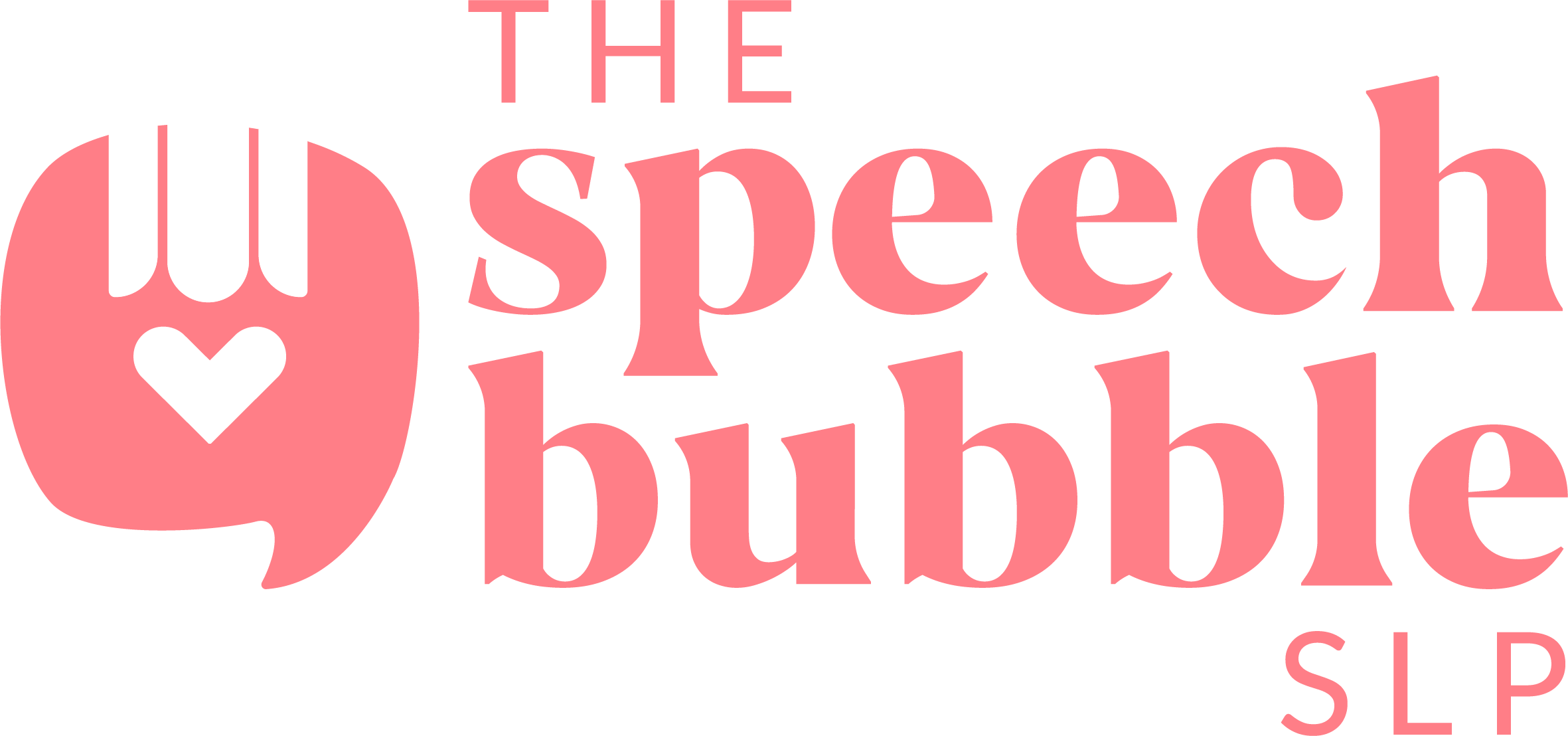






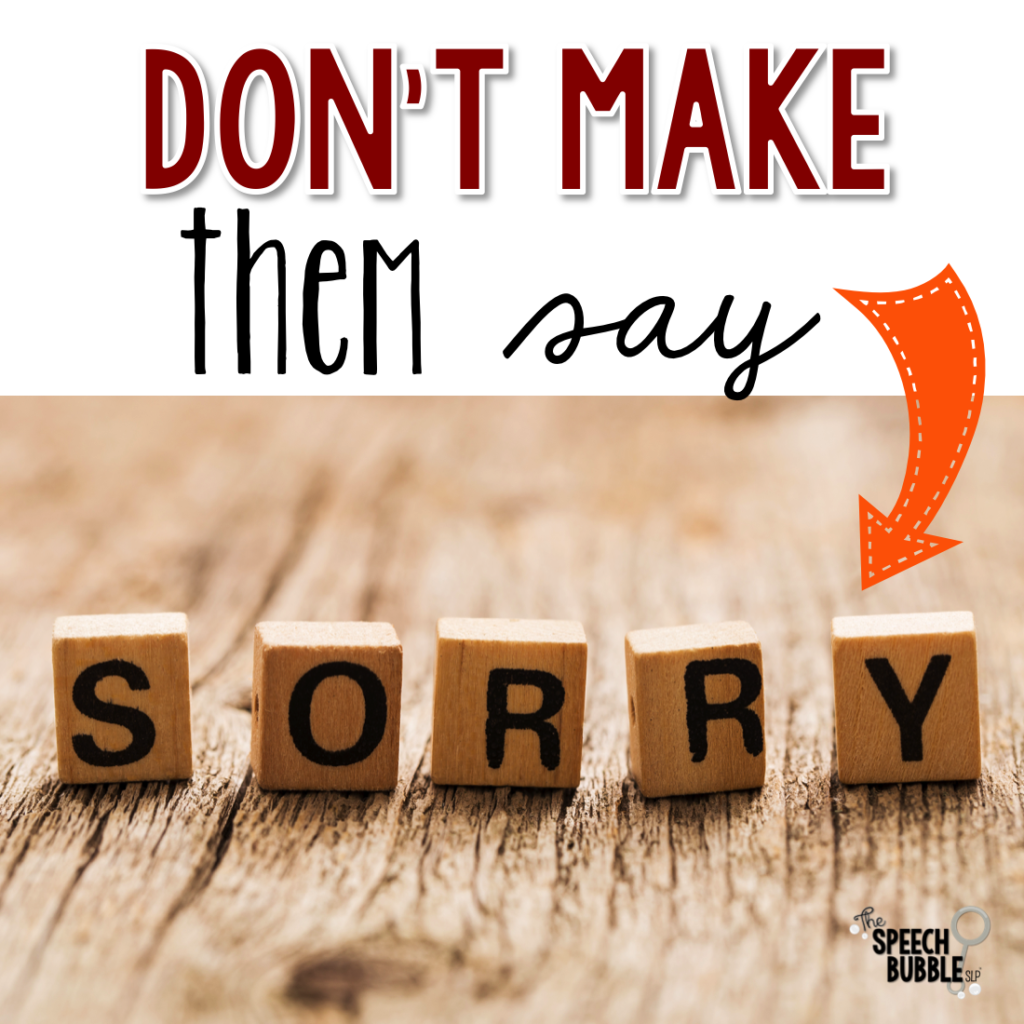
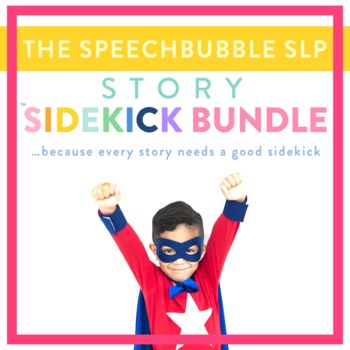
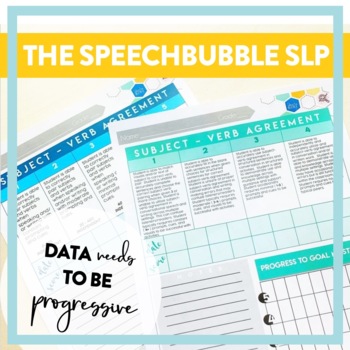
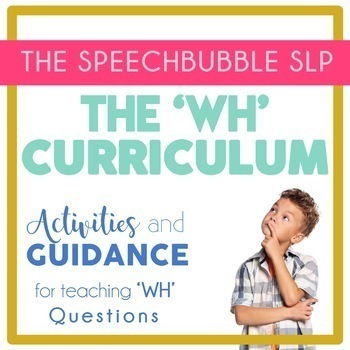


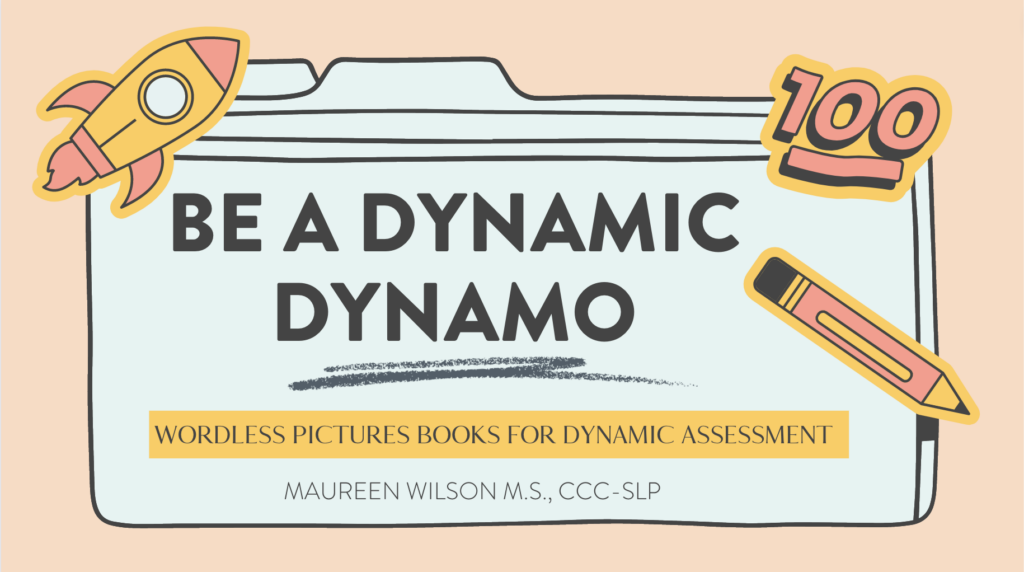
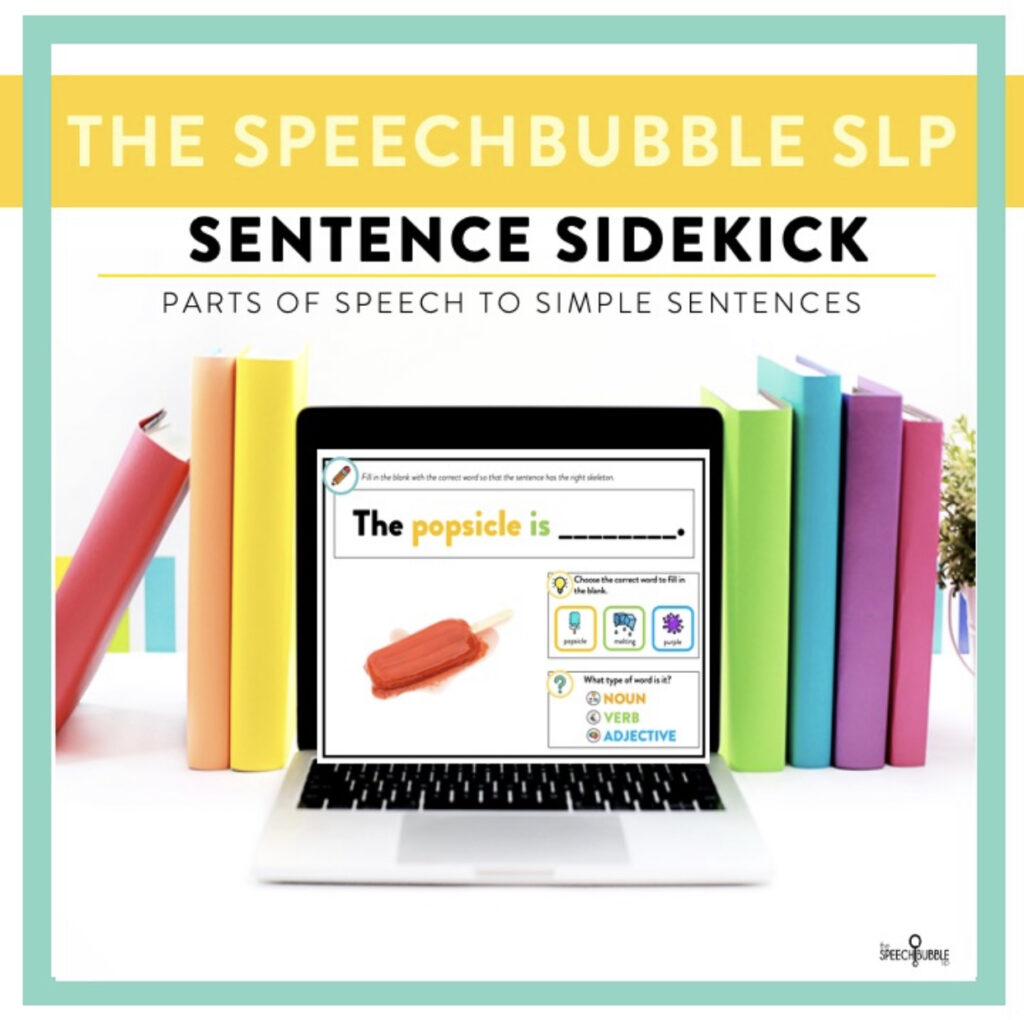
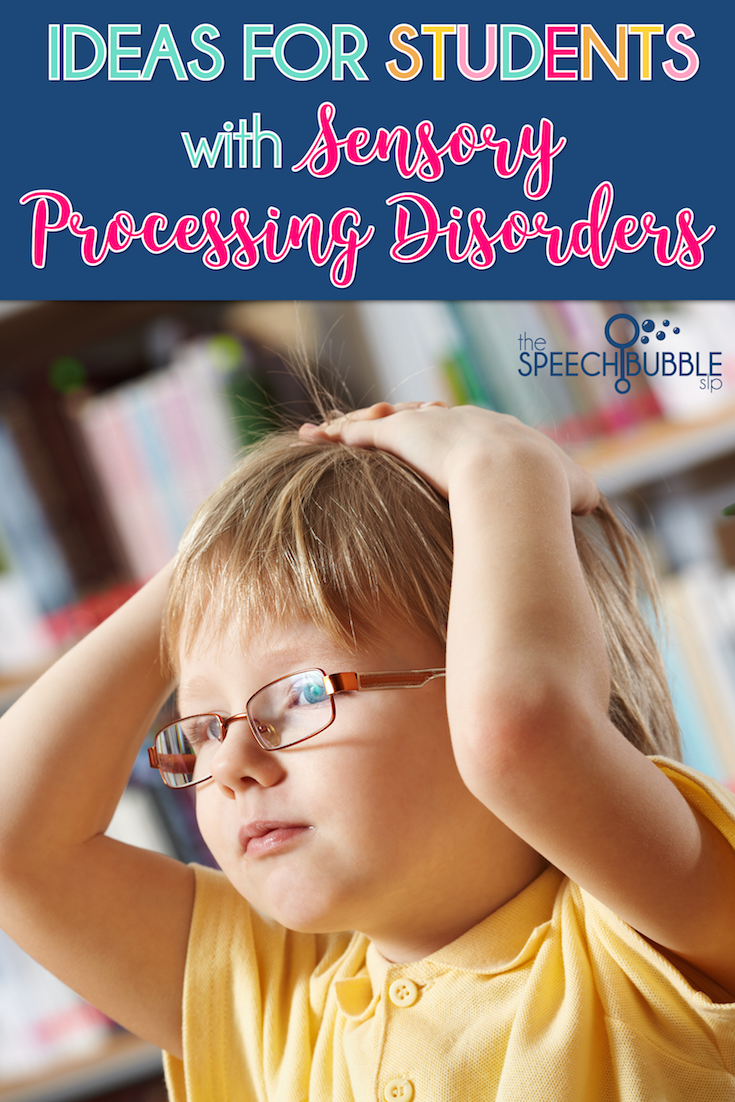
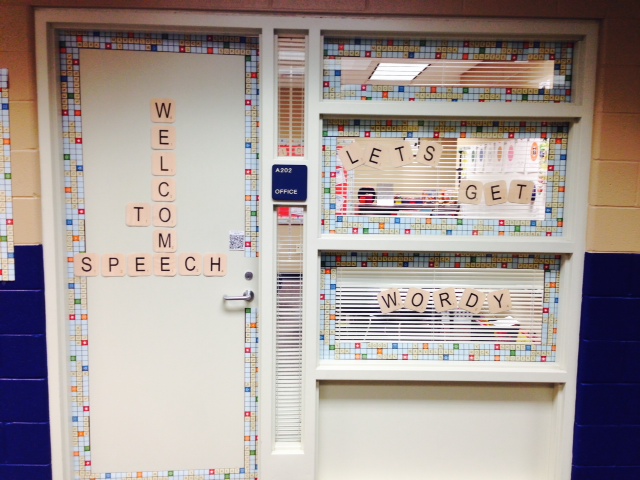
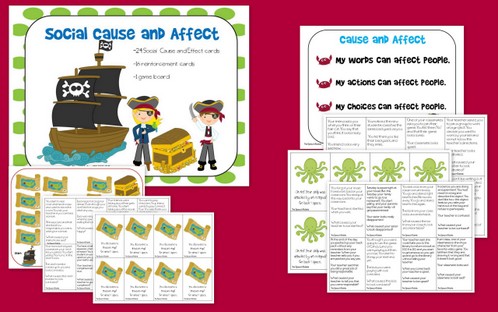
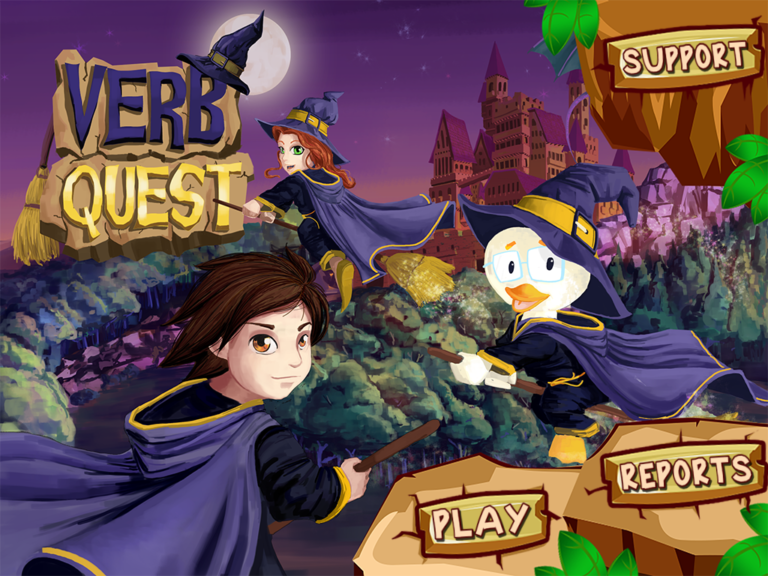

6 Responses
Maureen, I left a comment on your Instagram. However, after reading your blog and the accompanying article, realized I hadn’t written enough. Role playing IS such an essential part of teaching apologies. Toddlers do not understand what saying “Sorry” means. As a middle schooler, when my sister and I had verbal arguments, my Dad insisted that we say SORRY and then hug each other. It was a wonderful experience. Of course, in a school setting, we could show children to shake hands. I often shook hands with my students when I unintentionally hurt their feelings.
Thank you so much for sharing your thoughts and experiences! I like how you shake hands with your students it seems like a great way to signal closure and the end of the issue.
I agree!! I see this especially with my middle schoolers and students with high functioning ASD, so much that I ended up creating a product to address all the parts of a heartfelt apology (far beyond just saying sorry). Just the word isn’t enough.
Thanks for a great article. Really made me think!
With my family, I teach my kids to say what they are sorry for…”I’m sorry I hurt your foot” AND tell what they will do next time…”Next time I’ll be more careful with my toys.” If they just say sorry and stop there, there’s no direction of what what to do instead.
You’re very right.